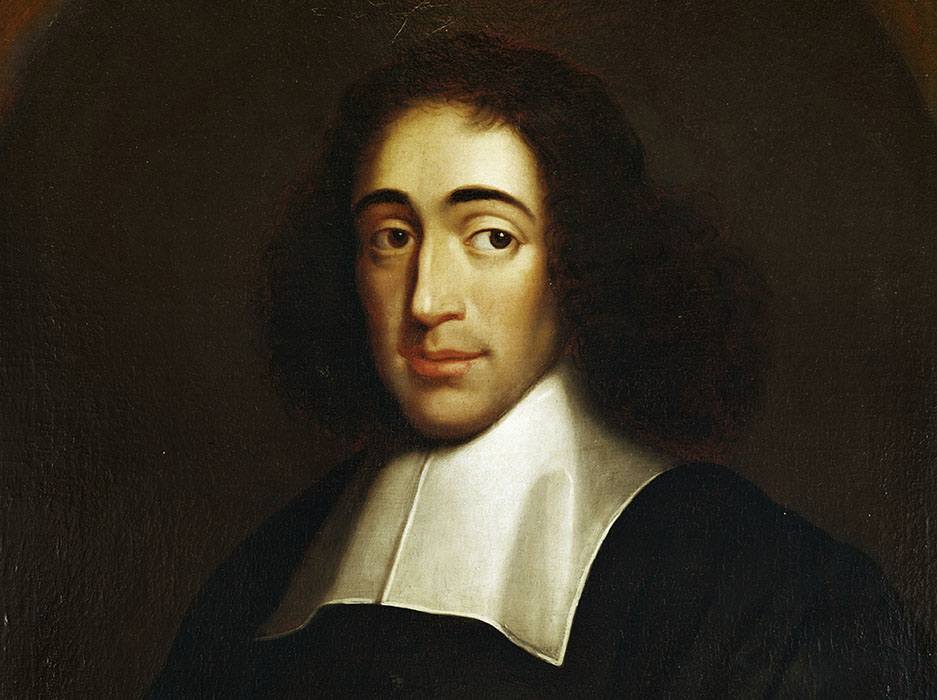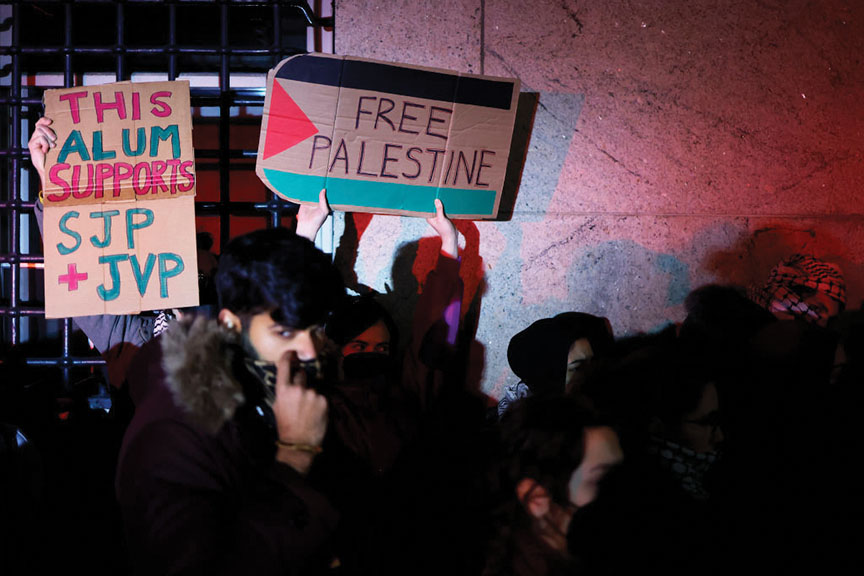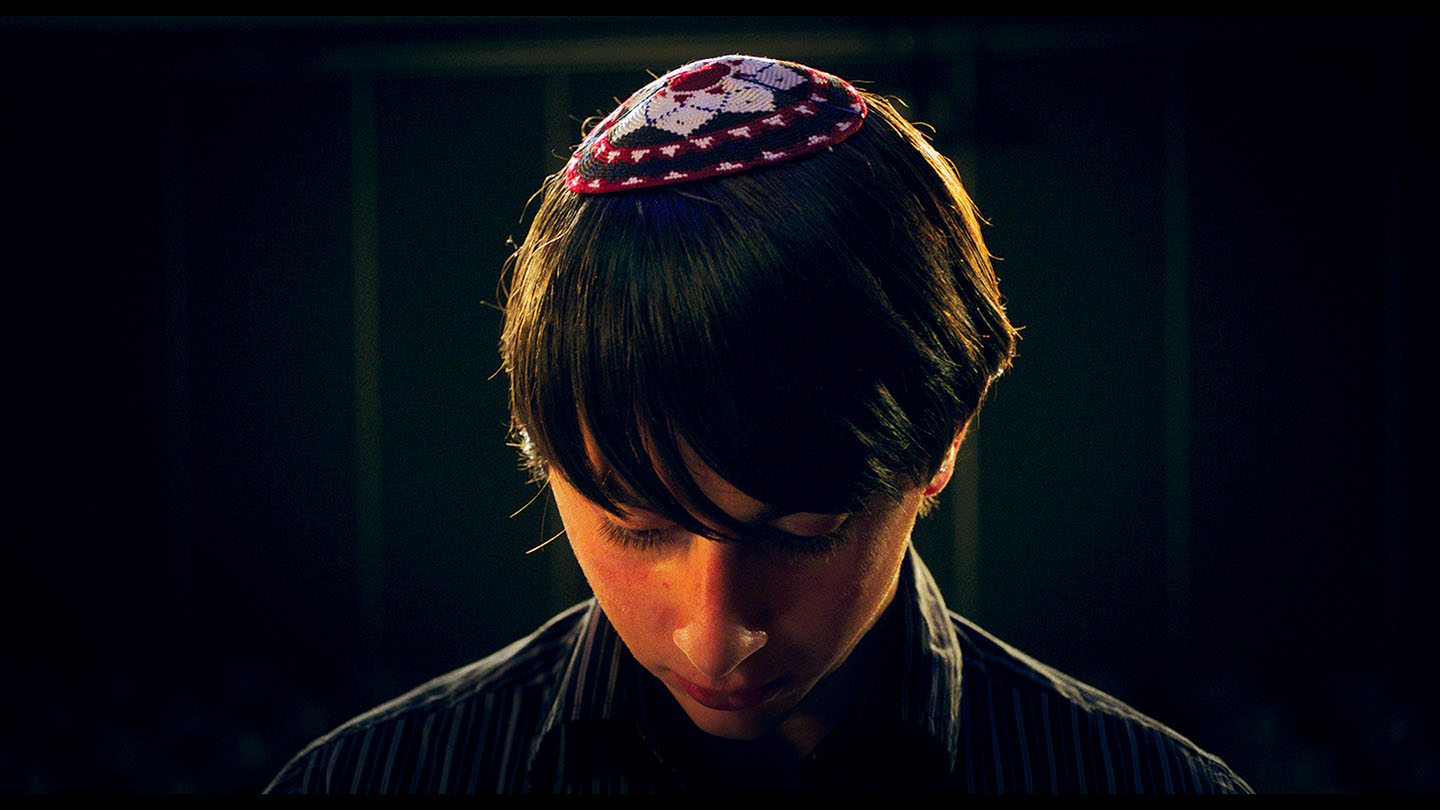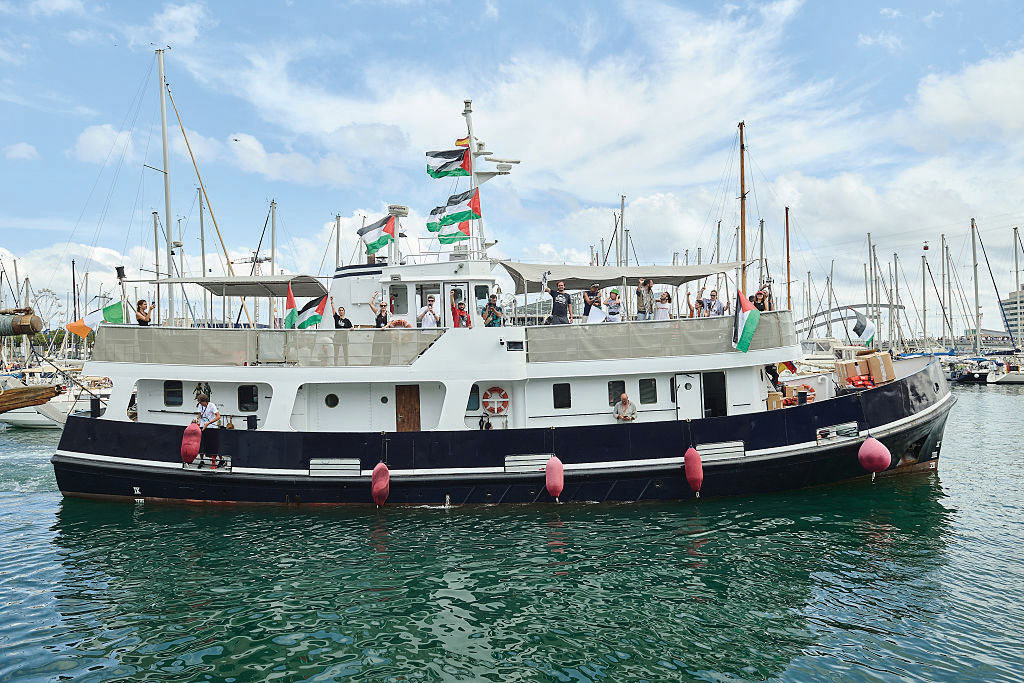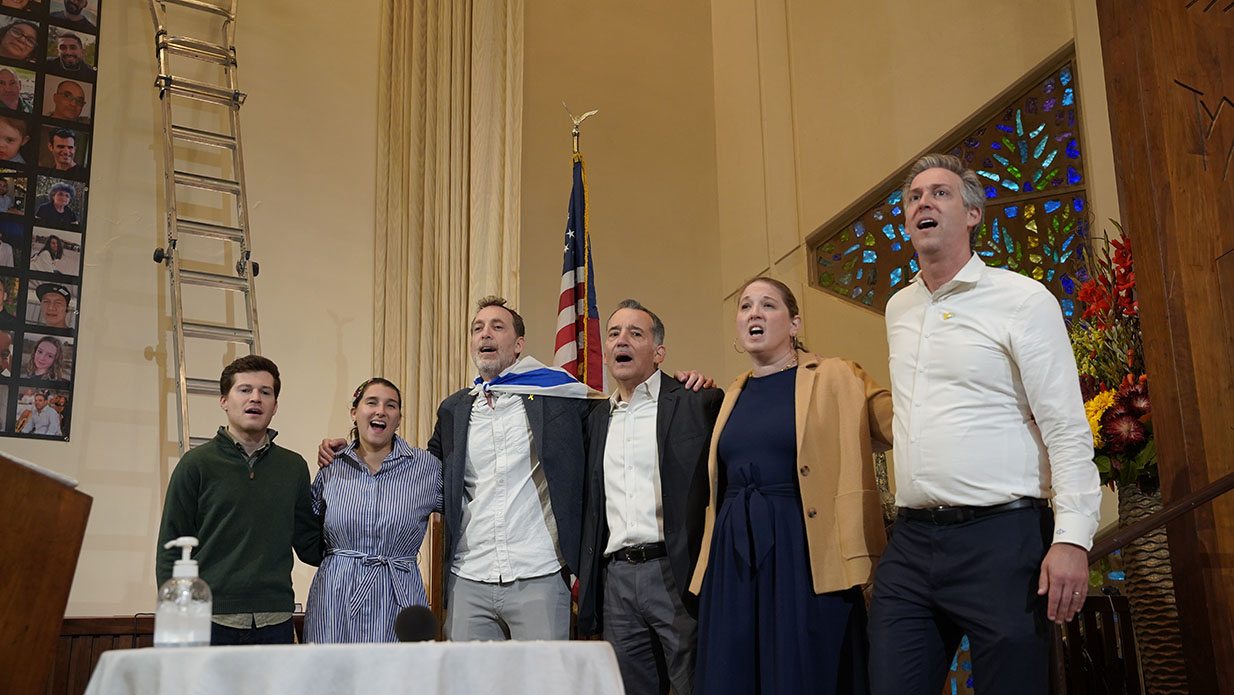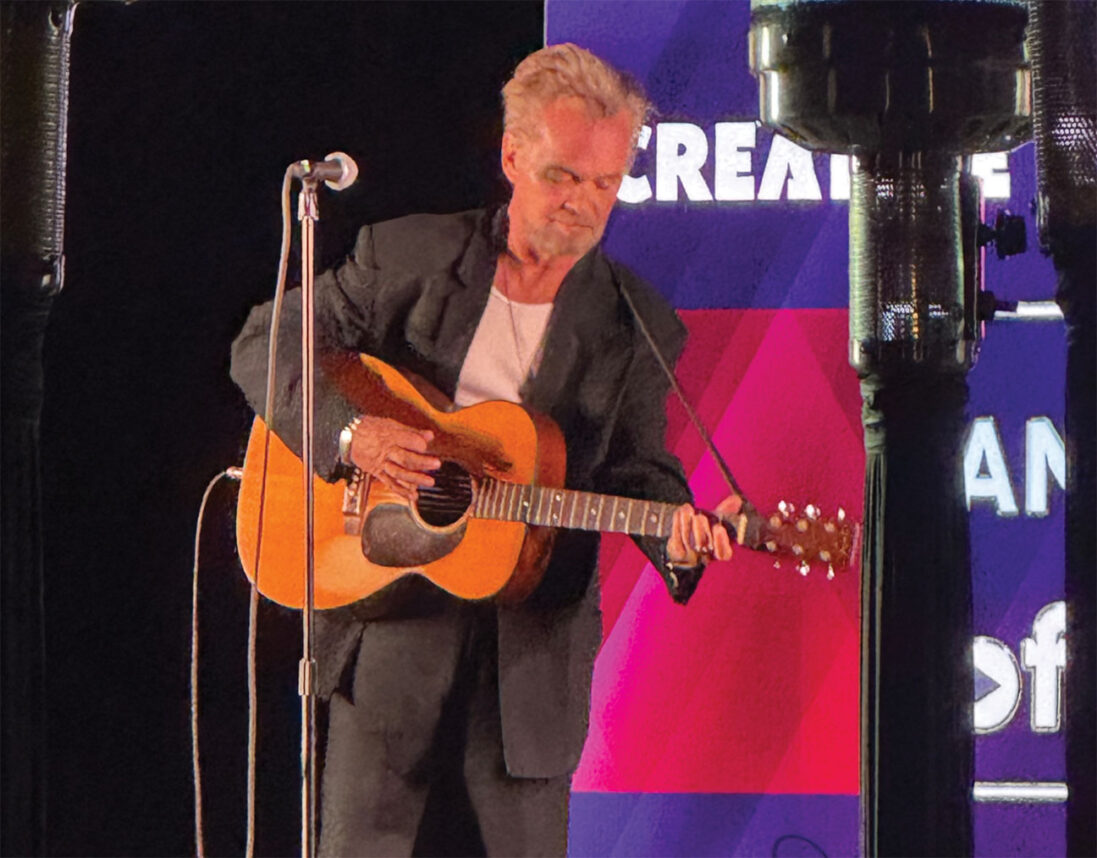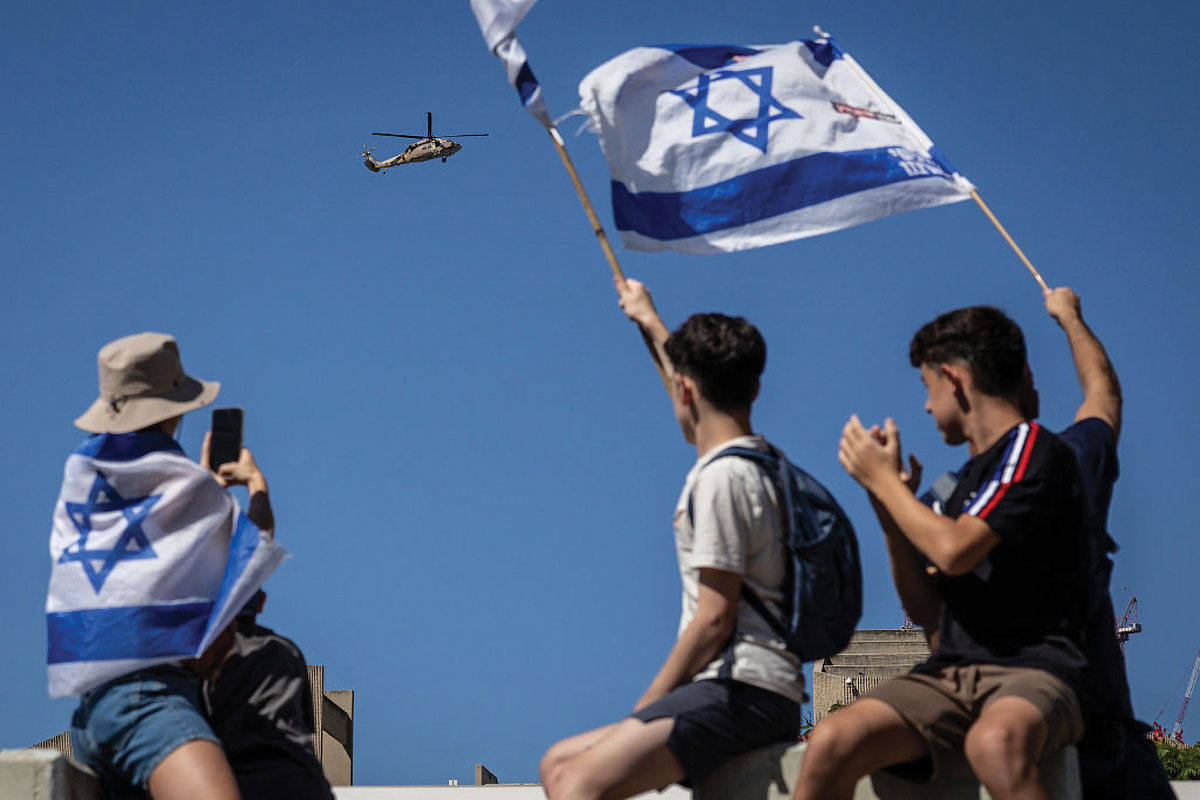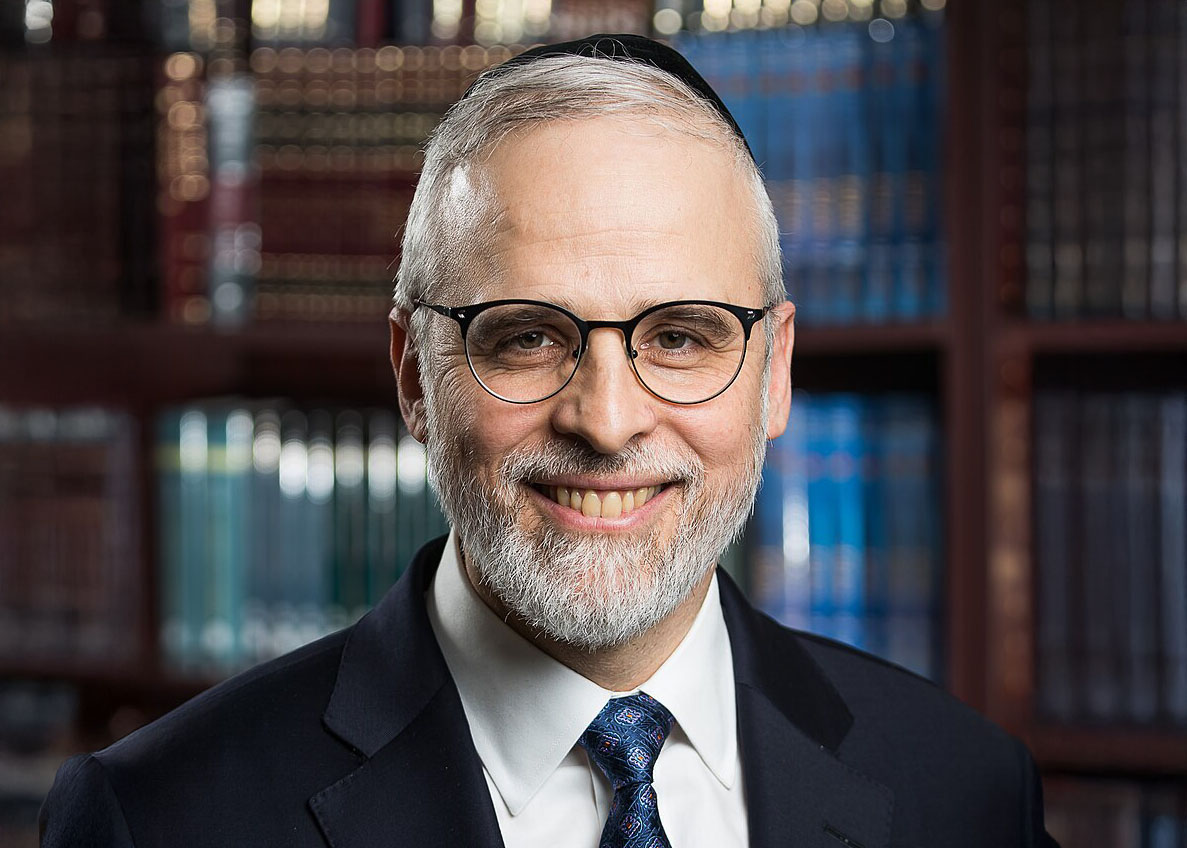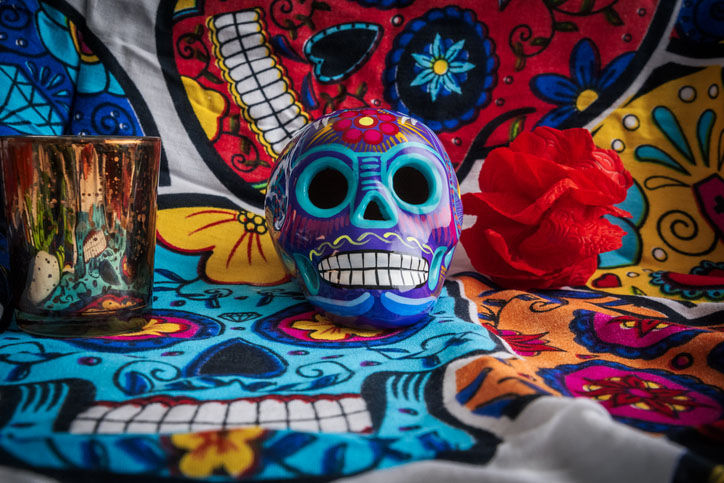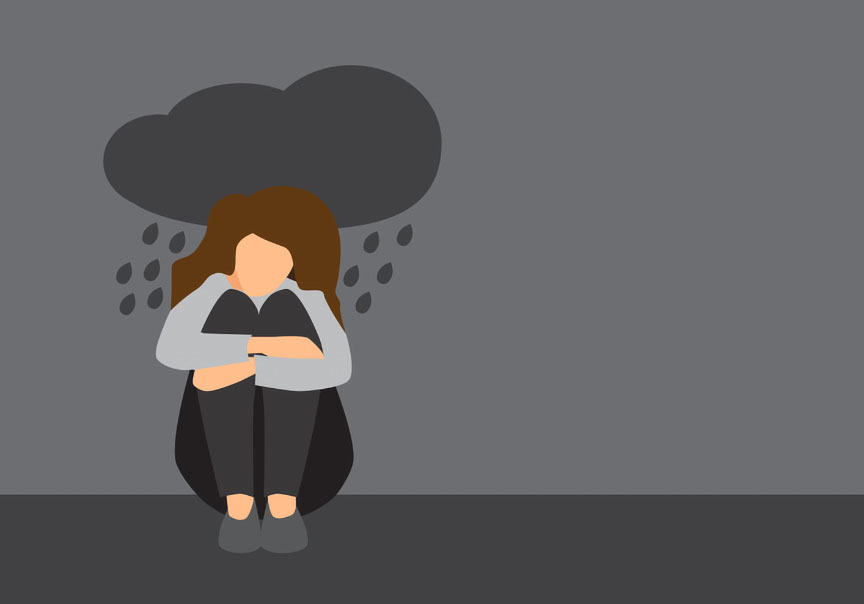“When I first got to Iridimi and saw there was nothing, I asked myself: Is this really a place where a person can live?”
So confided one Darfuri refugee to photographer Barbara Grover, who visited the Iridimi refugee camp in Chad last year to document the lives of those displaced by the genocide in Darfur. The collection of images Grover brought back offers a tentative answer: Her portraits depict a people traumatized by war, yet able — through the aid of relief agencies and the sustaining human spirit — to maintain a measure of hope.
The 25 photographs that compose “Refuge(e): Moments with the Darfuri of Iridimi,” Grover’s exhibit now on display at the Sherry Frumkin Gallery in Santa Monica, offer fresh insight into an ongoing crisis to which many Americans no longer relate, the award-winning artist said.
“One of the problems with world conflicts of this scale is that people hear about the fighting and the killing, and at some point, they become immune to this situation that goes on and on,” said Grover of Silver Lake. “At some point, I believe people become almost combat fatigued. People need to reconnect to these issues on a human level. Until people understand the struggle that refugees go through every day, they won’t understand the severity of the situation.”
About 2.7 million people in Darfur have been driven from their homes by government-sanctioned Arab militias since 2003, according to the nonprofit Jewish World Watch (JWW), a coalition of Los Angeles-area synagogues that advocates against genocide globally. At least 400,000 non-Arab Muslims have been killed, and women are routinely beaten and raped. More than 17,000 refugees who have fled the violence in Darfur live at Iridimi, an arid desert camp just across the Chadian border from the strife-torn region of Sudan.
In May 2007, Grover obtained a grant from JWW and special permission from the United Nations to spend an unprecedented seven weeks in Iridimi. She wanted to explore the crisis beyond the genocidal atrocities exposed by other photographers and humanize the situation for a wider audience, she said.
“I felt that by spending an extended period of time in a refugee camp, I could bring back stories and images that you can’t possibly get when you’re just there for a couple of days,” Grover said. “After so many years, refugees have to find a way to continue each day. I wanted to show how they’re rebuilding their lives.”
During her time in Chad, Grover stayed at the U.N. compound or with the relief organization, CARE International, but spent each day in the sun-parched, 4-square-mile Iridimi camp, where temperatures often hovered at 115 degrees. The refugees eventually warmed to her presence and allowed Grover to point her lens at the most mundane details of their lives.
“They knew I was there because I wanted to give them a voice and tell their stories,” she said. “Day after day, they got used to me, and they were very taken that someone really wanted to get to know them that well and bring their struggle to the world.”
 is a driving factor in her work. “It’s important to understand how peoples’ lives have changed over time. They’re living in a traumatic limbo. They came from hell and they’re learning how to reclaim their hope and dignity. From that, we can learn a lot.” </p>
<p>
Proceeds from the sale of Grover’s photographs will benefit JWW’s refugee aid and education projects. </p>
<p><i>Photo: A tribal elder finds a moment of solitude as he makes his way home across the seemingly endless sands of the Iridimi Refugee Camp. Over 17,000 Darfur refugees live in the camp’s four square miles. Photo by Barbara Grover</i></p>
</div>
</div>
<div class=)
Did you enjoy this article?
You'll love our roundtable.
Editor's Picks
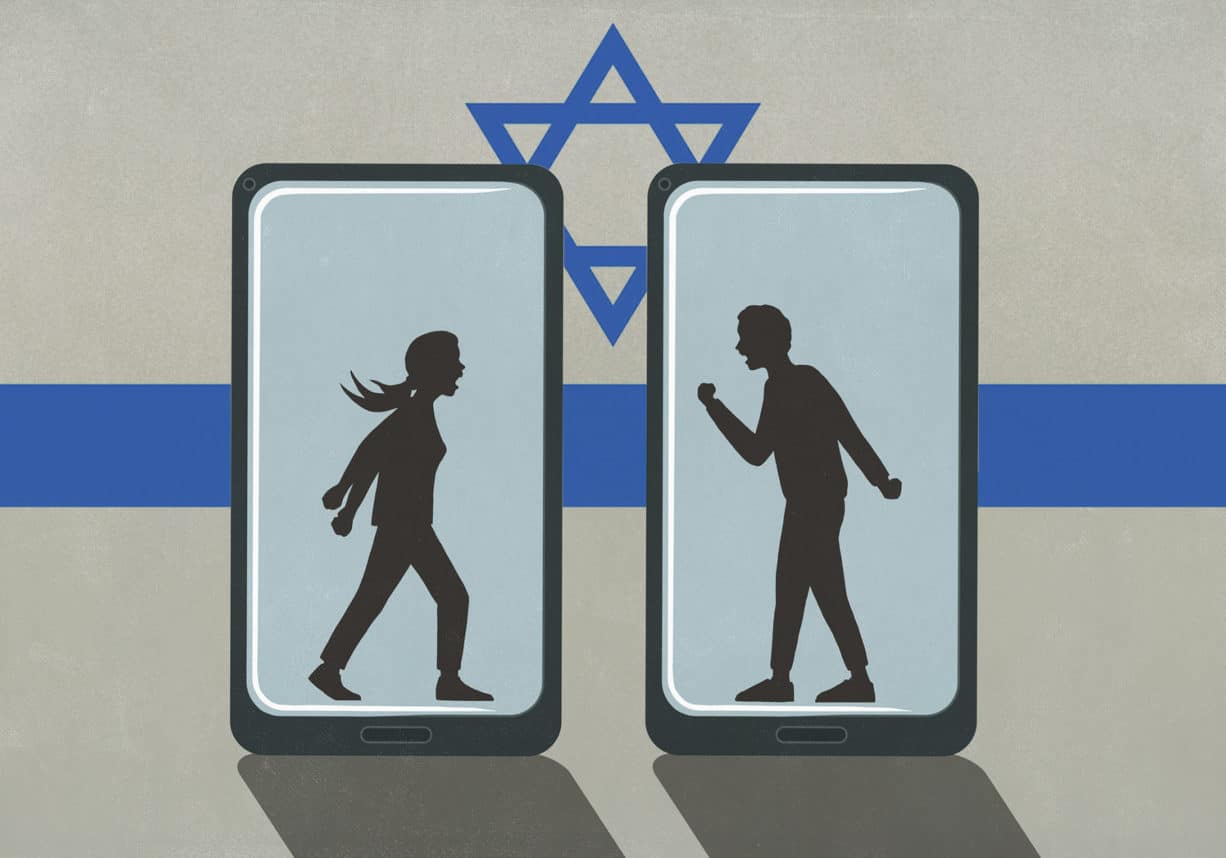
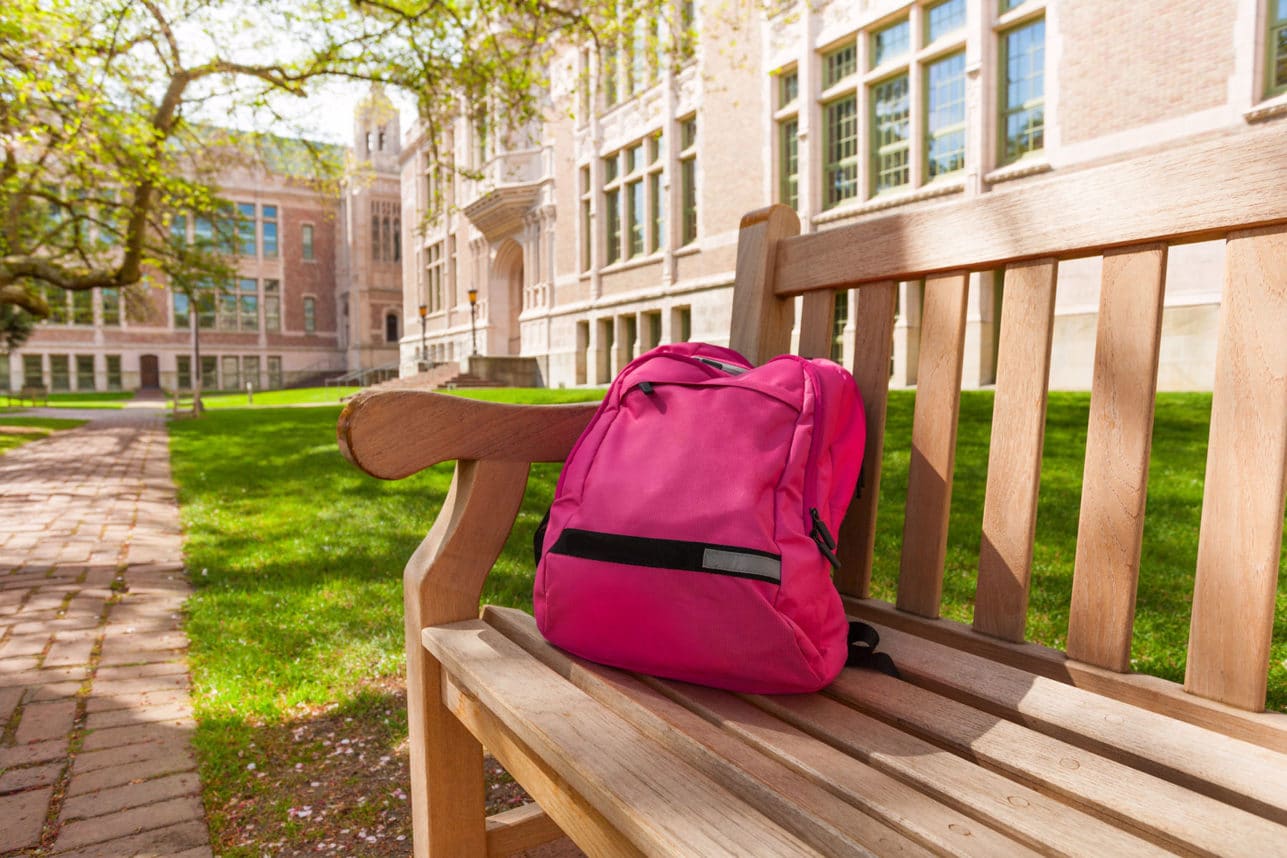

What Ever Happened to the LA Times?
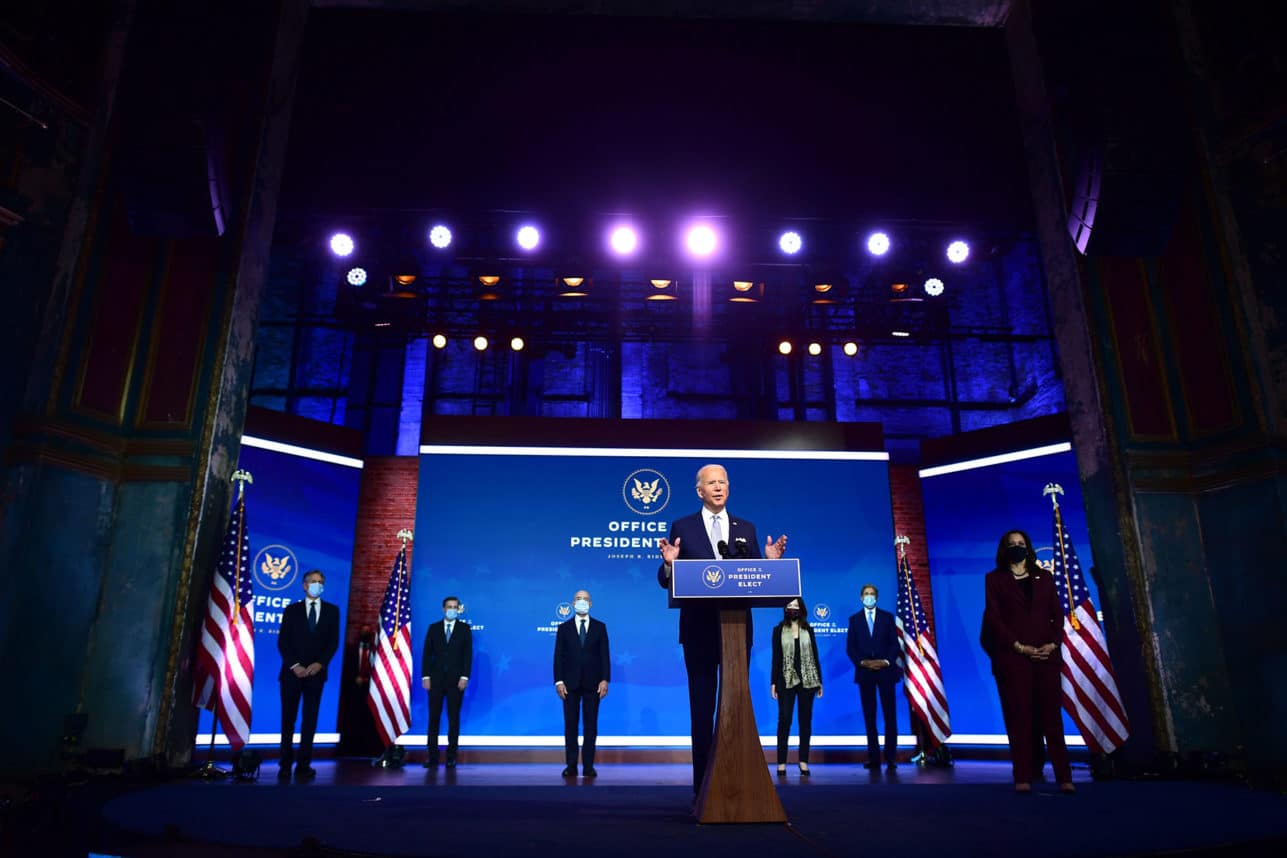
Who Are the Jews On Joe Biden’s Cabinet?
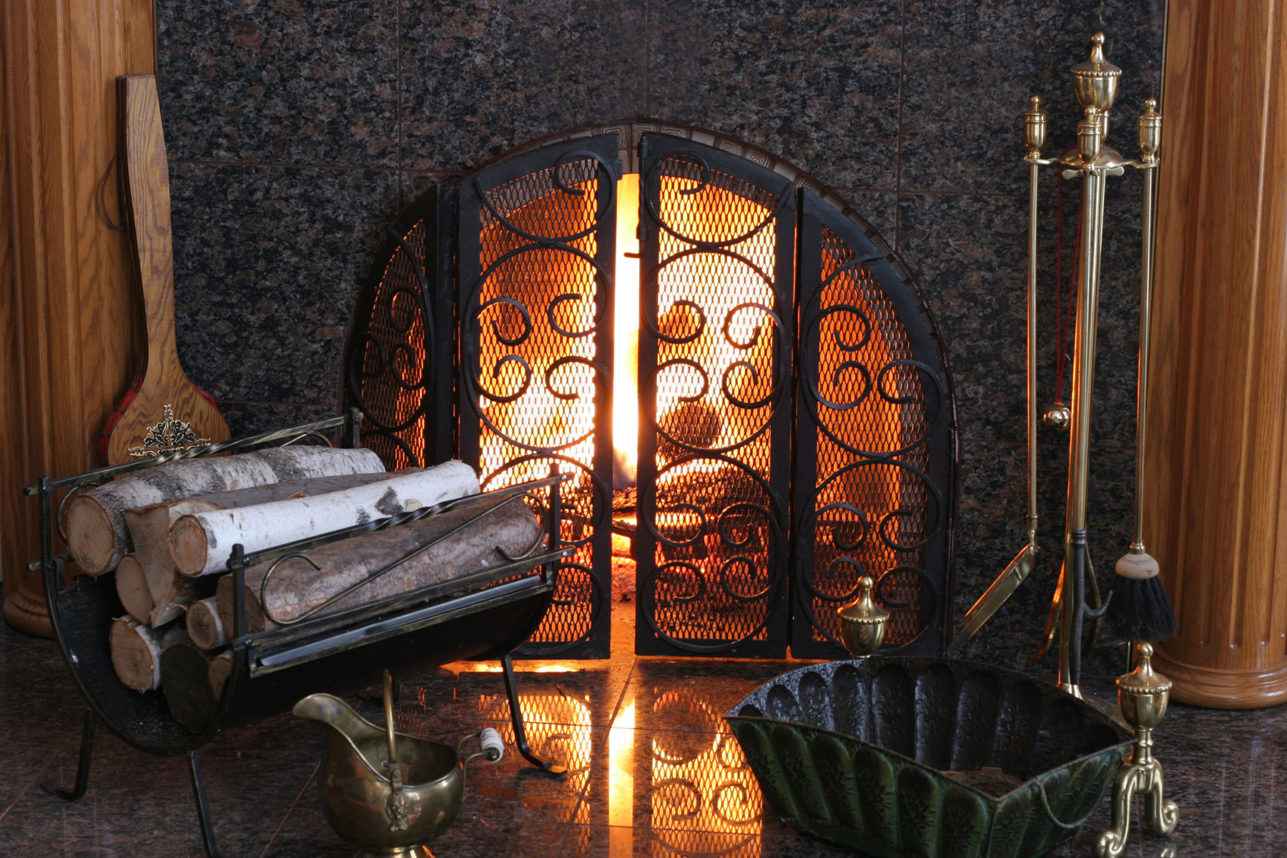

No Labels: The Group Fighting for the Political Center
Latest Articles
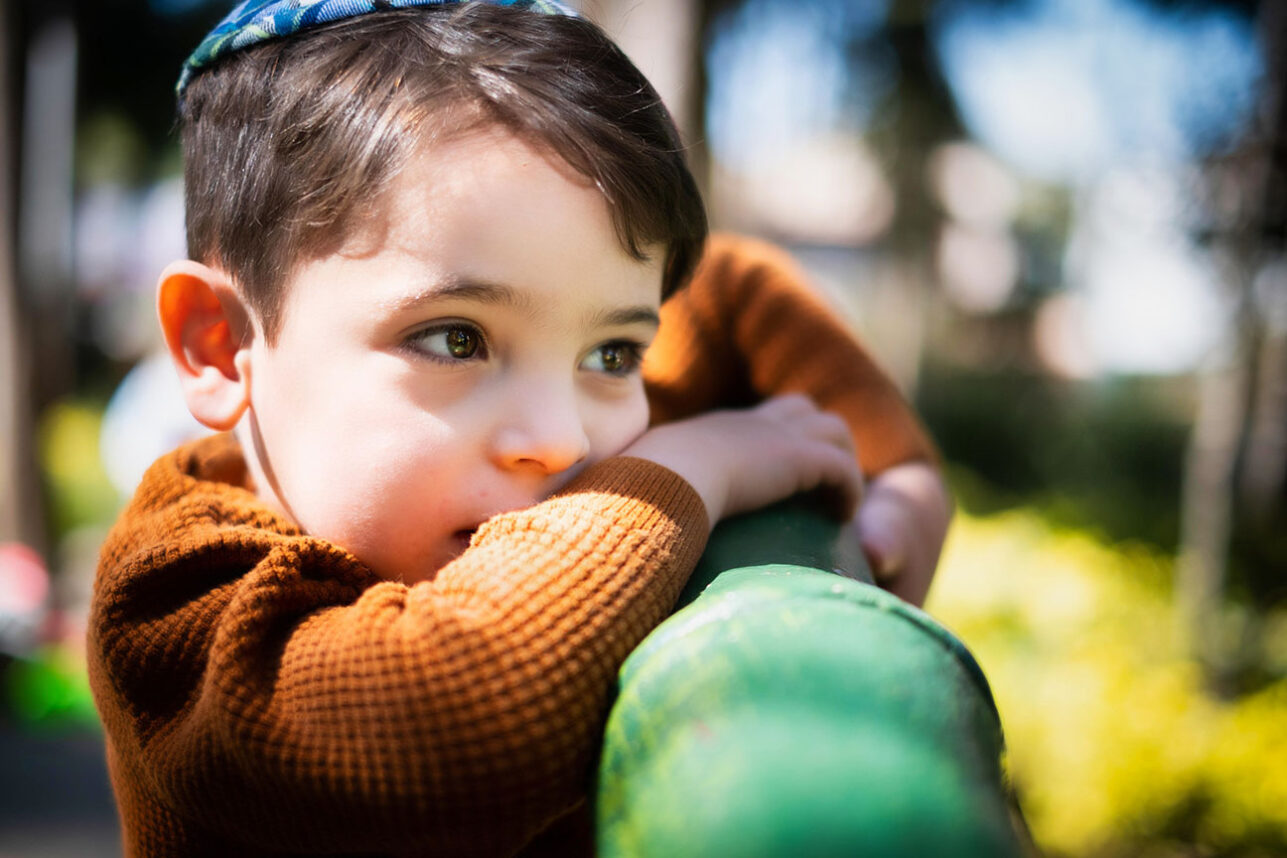
Parents: For the Love of G-d, Make a Jewish Choice in 5786
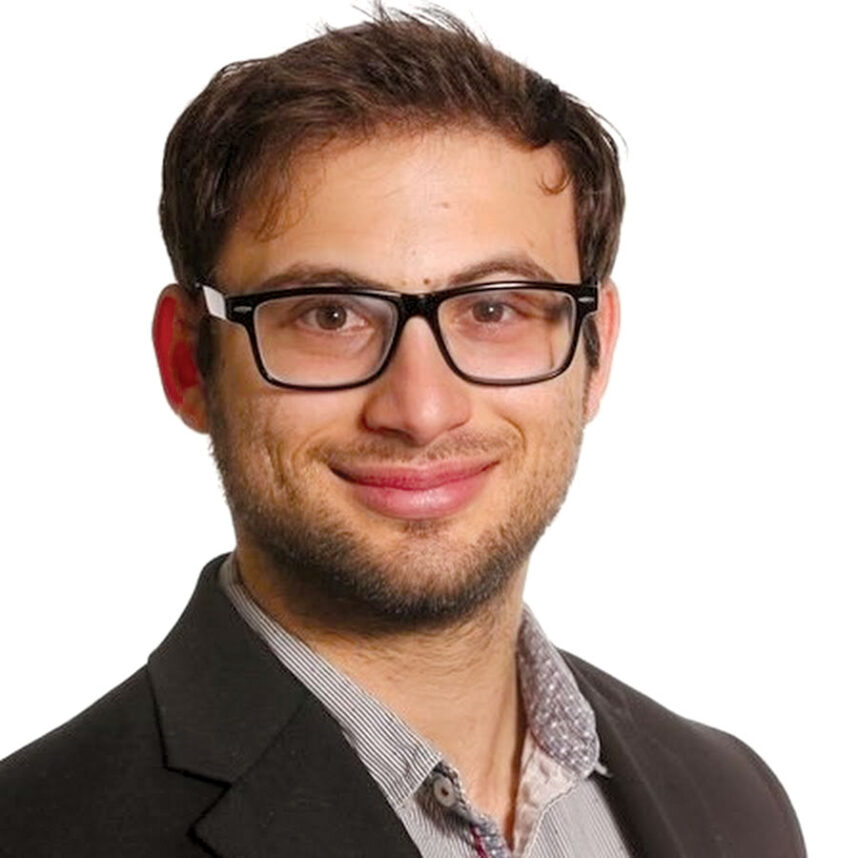

The Hunter

A Little Rest – A poem for Parsha Noach
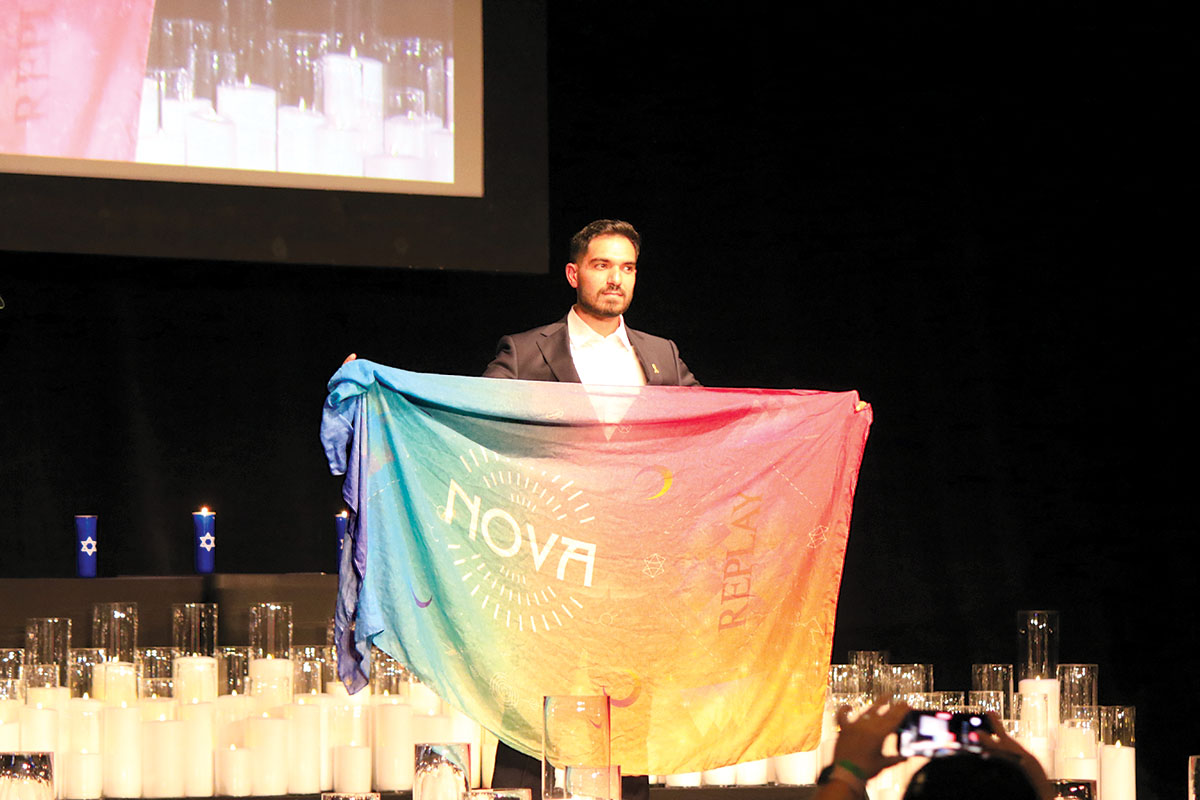
Oct.7 Anniversary, Pico-Robertson Cleanup, AJU Seeks Video Submissions



